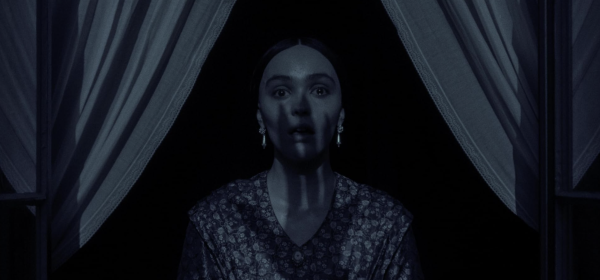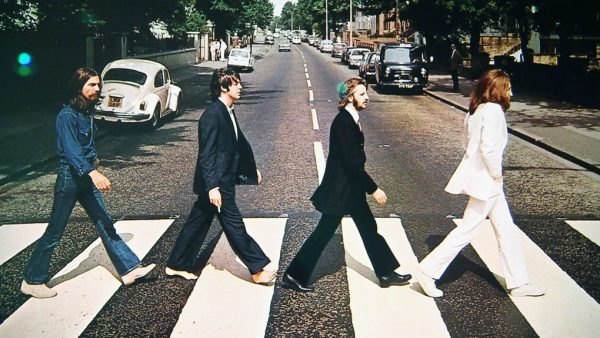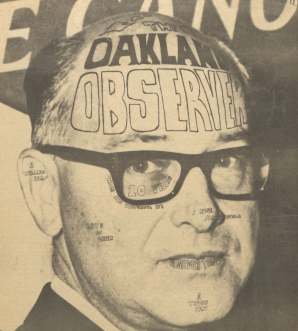Gypsies, the new jetsetters
A semi-nomadic tribe of wealthy jetsetters takes off for Essaouria, a tiny village on the coast of Morocco. For most tourists, Marrakesh is the Moroccan destination of choice, but not for gypsetters, the salty-haired, high-cultured pseudo-descendents of bohemians, explorers and hippies.
Gypset is a combination of the words “gypsy” and “jetset.” It’s all the rage for those who can afford this pricey lifestyle. Other people call them “trustafarians,” slang for trust fund kids who travel the world, albeit in a more eco-friendly, mellow sort of way.
Essaouria fits their prescription. The village is exotic and laidback; an African Santorini made of whitewashed houses and secluded beaches.
It is destinations like these and the people that seek them that Julie Chaplin documents in her non fiction book, “Gypset Style.”
Chaplin is a New York based freelance writer who has published pieces on art, travel, design and lifestyle in magazines and newspapers around the world. Published last year, Chaplin has continued her search for gypsetters in her blog gypset.com and her Facebook community.
“Gypset Style” is a collection of her travels, the people she’s been inspired by and the eclectic interiors of their temporary residences. Chaplin believes “gypset” is the new, more wordly wave of hippie, lived by a free-spirited bunch of artists, surfers and bon vivants.
In Chaplin’s blog, which chronicles gypset destinations and happenings, she describes the lifestyle as “an alternative way of traveling and living that’s based more on creativity than money. Instead of a luxury hotel in St. Tropez or St. Bart, you might find a Gypsetter in Montauk, Cornwall, or in a teepee in Ibiza.”
“Gypset Style” neatly captures Gypsetter influence in photographs and written accounts about the lives and travels of contemporary gypsetters like designer Alice Temperley in Somerset, England and folk musician Devendra Banhart in Topanga Canyon, California. Other stories feature socialite Jade Jagger, artist Damien Hirst and Tahitian jewelers, the Mignot sisters.
The idea of gypset is an interesting generational concept; one that Chaplin has adopted to coin and tell.
Like beatnik Jack Kerouac believed the great act of life was “move,” Chaplin’s version of Kerouac’s “On the Road” is a global journal of exotic mobility.
The most alluring aspect is its artwork. The book is filled with lost social portraits of artists, ’60s fashionistas and beatniks and their modern counterpart’s high-low bohemian enclaves. Most pages feature large photographs of offbeat hangouts or stills from movies like the surfer flick,”The Endless Summer.”
“Gypset Style” reads like a coffee table book. In between the book’s colorful photos, Chaplin plays commentator on a significant and inspiring social phenomenon; a keyhole view to those wondering where our batch of boho went.
During one trip Chaplin describes crashing in Punta Hermosa, a small beach town outside of Lima, Peru.
Her hosts are the hippie parents of the famous surfer Sofia Mulanovich, who open their house to the freelancer for as long as she’d like. During the day, Chaplin surfs with Mulanovich, eats ceviche and passion fruit and parties with passing art students at night.
In Chaplin’s blog, she lists various ways to spot a gypsetter. A gypsetter will never be seen wearing a visible logo but they can be heard listening to Neil Young’s “After the Gold Rush.” G5’s bad, Cessna’s good, and the most critical, doesn’t ask your last name or, “So, what do you do?”
Gypset is a tad ostentatious at times, but it is an accurate depiction of a shift in convention regarding the ways the rich view luxury and spend their leisure time.
Although Chaplin is not on the literary style or social importance of a Hunter S. Thompson or Tom Wolfe, she does render a sign of the times and the changing modes we tell stories, in blogs and online communities.
The modern bohemian collective is faster-paced and Chaplin keeps up with a computer and a hammock.
Chaplin’s blog is gypset.com







